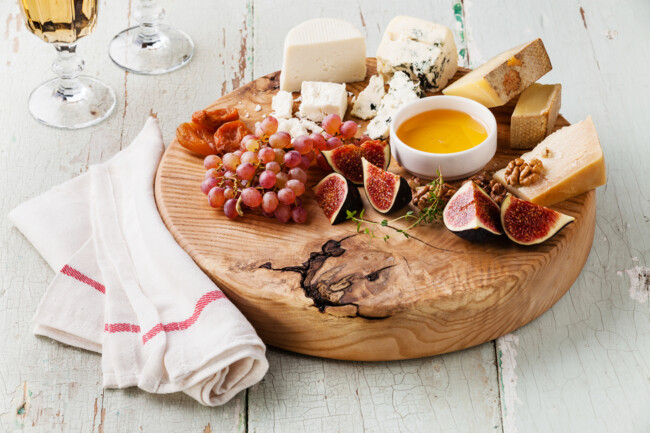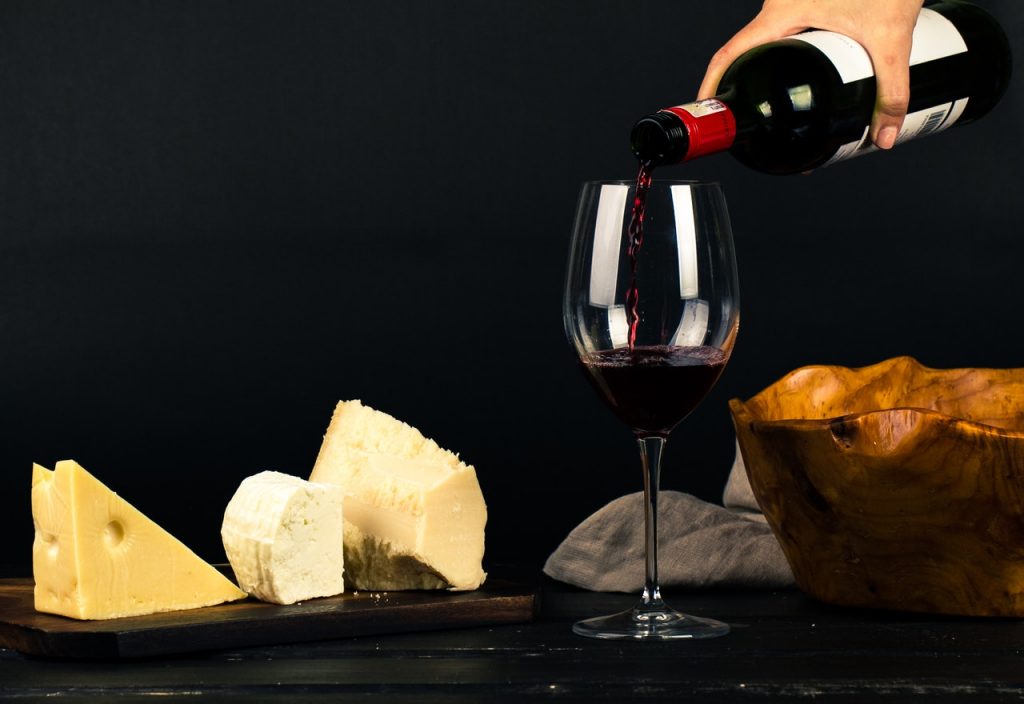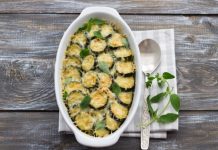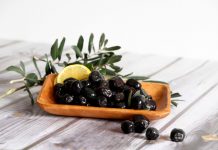A cheese platter is effective, tasty, and simple. It is traditionally formed from noble cheeses - brie, gorgonzola, camembert, parmesan, Roquefort, or gruyere. To highlight their flavor, nuts, fruits, jams, honey, and wine are served as a compliment.
The rules of a cheese plate are simple; you can assemble it at home for guests' arrival by choosing those cheeses that you like.
How to make a cheese plate

First, you need to take food out of the refrigerator to warm it up until it reaches room temperature. They should not be laid out on a plate but a wooden board. You can take a regular kitchen or purchase a special cheeseboard.
Read also: How to Preserve Cheese
It is important that you start with delicate cheeses, then - more saturated, and so on increasing, up to the most "bright" in taste and smell. Then, by tasting them one by one, you can appreciate each one at its true worth, without "interrupting" another less piquant taste with a sharp taste. First, beginners start with two or three types of cheese, and the best option for a small company is five or six types.
It is customary to eat cheeses by hand or with the help of skewers or special cheese forks.
How to cut the cheese
Cheese is either cut or chopped. Accordingly, you can cut it into triangles, like a cake, into cubes, rectangles, or chop into uneven pieces. Each piece should be large enough to be easy to pick up and bite off of. The soft inside cheeses are cut into large pieces, while it is allowed that their soft inside flows out onto the board.
How to complement the cheese
- Fruit: rich in flavor - grapes, figs, melon, pear, strawberry, blackberry, etc.
- Nuts: walnuts, peanuts, almonds, etc, preferably several types at once.
- Honey: a piece of cheese is dipped into it. Light honey is suitable for lighter cheeses, darker for heavier ones.
- Jam and dried fruits: go well with a cheese plate in the winter season, when there is no domestic fresh fruit.
It is not customary to serve bread, toast, and other baked goods.
Which wine to serve with a cheese plate?
Different types of wine are served with different types of cheese. You don't have to stick to a certain choice; you can select to taste. However, it is better to combine dense, rich cheeses with similar wines with a bright aroma and strong taste and softer wines with lighter cheeses. By the way, ice cubes can be added to white wines to lighten the taste further. Serving wine from the same country as the cheese on the plate would be considered good form. If, after all, you do not know which wine to serve, then follow these tips.
Also read: Puff Pastry: 5 Simple And Delicious Recipes
- red wines - for hard cheeses
- young fruit - to semi-hard, not very salty
- dry and semi-dry wines - to soft, creamy
- sweet fortified - to blue cheeses
- champagne "brut" - for cheeses with a moldy crust
- sauvignon - goat
Garnish the cheese platter with fruit slices, fresh mint leaves, almonds, and serve.
Adapted and translated by The Cop Cart Staff
Sources: Today Lifestyle








